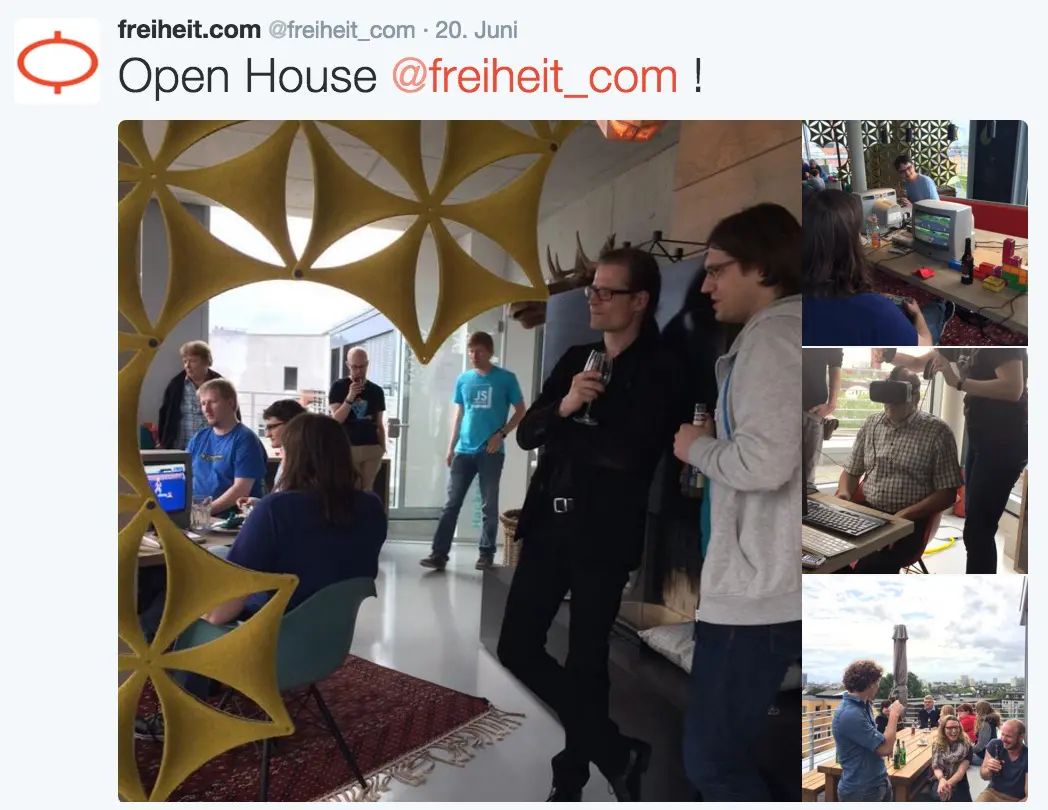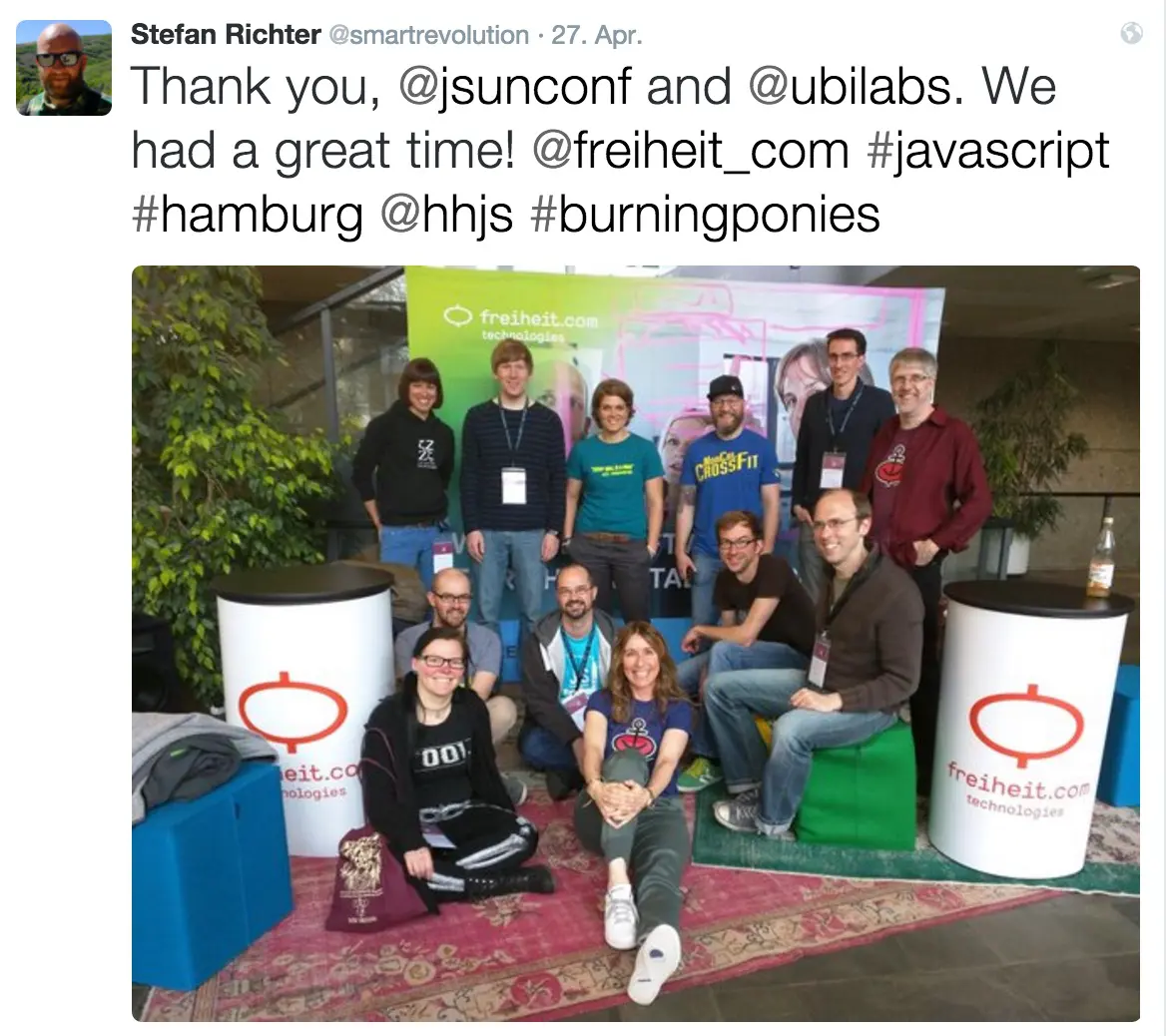
In September 2015, freiheit.com sponsors the ECML PKDD in Porto. The ECML is a machine learning conference, which takes place annually in different European locations. Our colleague Michael Großhans is a guest speaker at the conference, presenting the topic “Solving Prediction Games with Parallel Batch Gradient Descent”.








